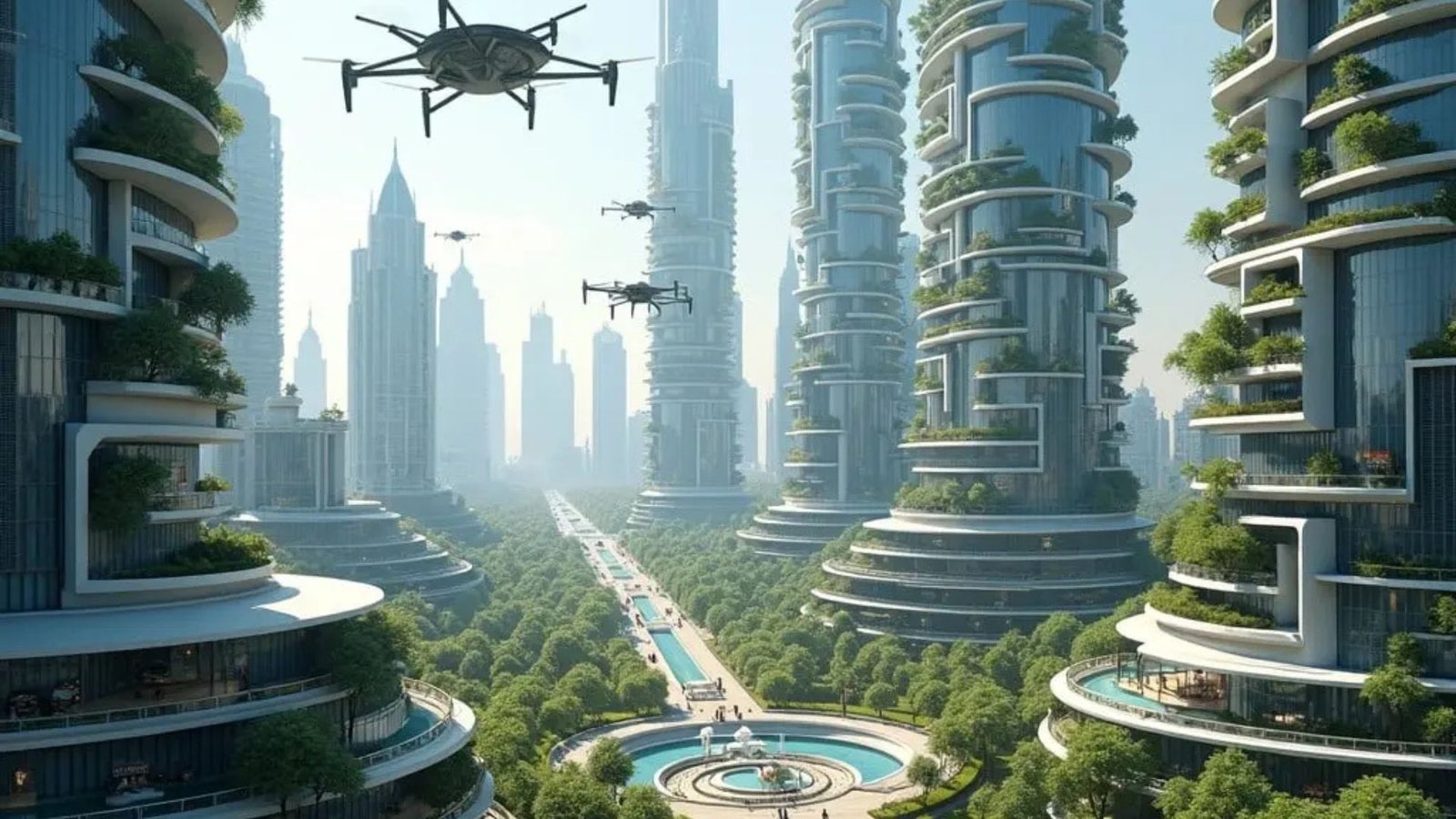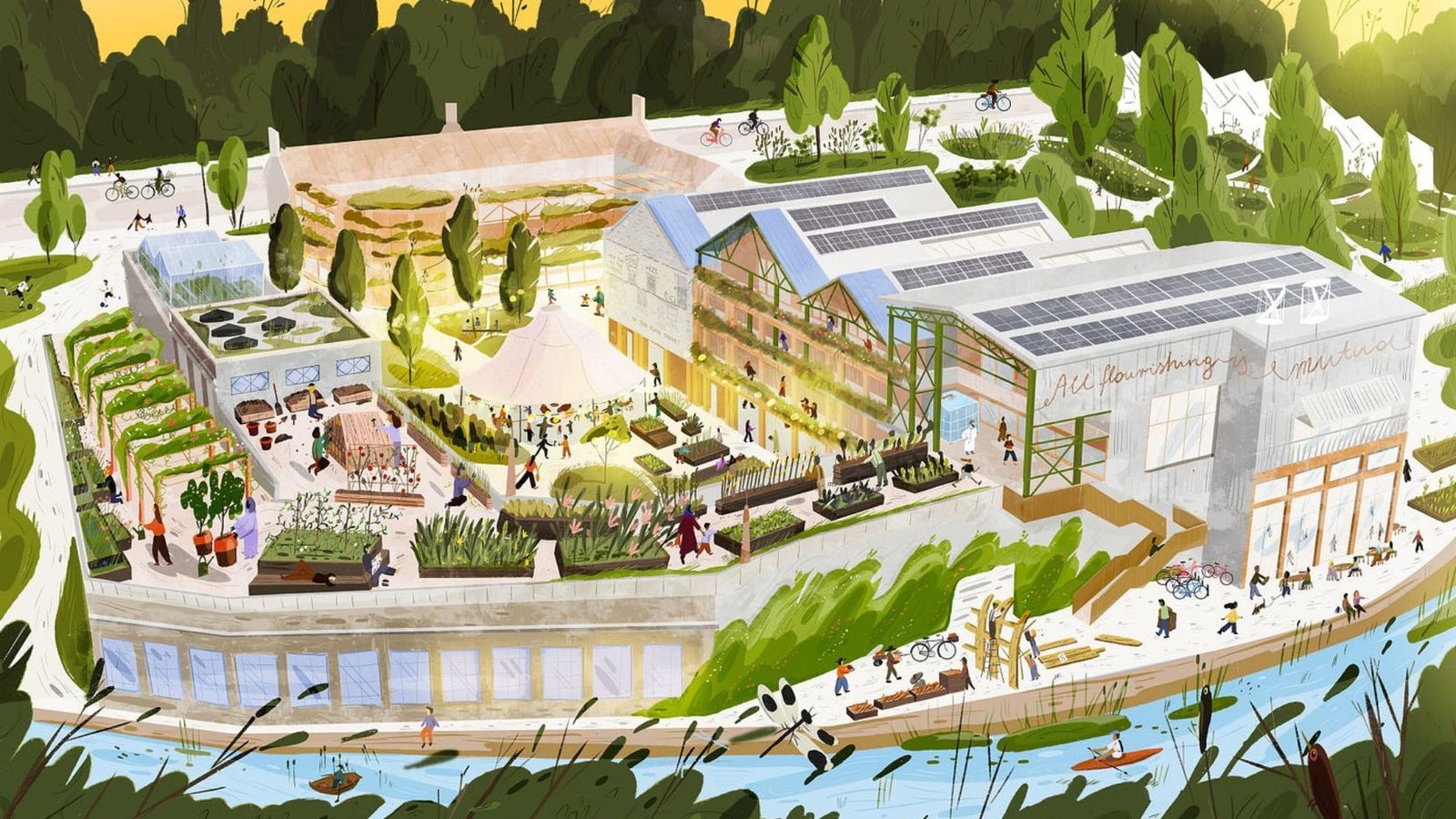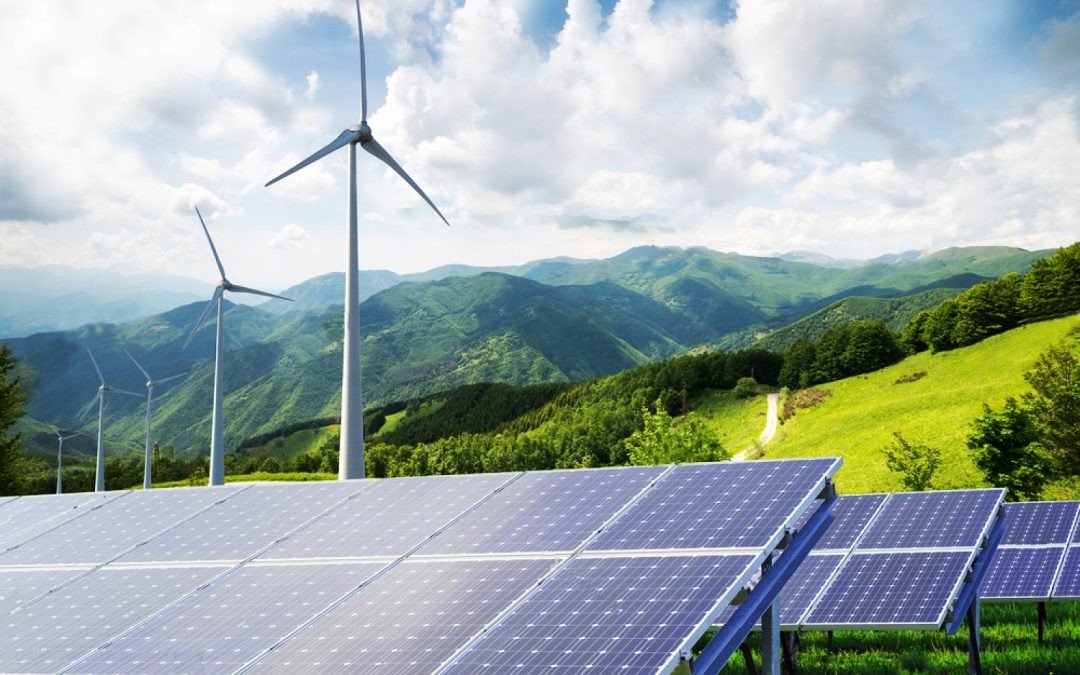Infrastructure design is an essential part of how cities function and evolve. It influences everything from transportation systems to green spaces and public amenities. The way infrastructure is planned and designed can dramatically shape the urban landscape, impacting both the physical environment and the quality of life for residents. In this article, we’ll explore the many ways infrastructure design shapes urban landscapes and why it’s crucial for building sustainable, livable cities.

Defining the Urban Flow: Transportation Infrastructure
Transportation is one of the most significant aspects of infrastructure design, affecting how people move through the city. Roads, highways, public transit systems, and pedestrian pathways all work together to create a smooth flow of people and goods.
1. Roads and Highways
The design of roads and highways plays a major role in determining how accessible different parts of the city are. Wide roads, clear intersections, and efficient highway networks allow for smooth traffic flow, minimizing congestion. The layout of these roadways also influences land use, as well-placed roads can open up new areas for development, whether for residential, commercial, or recreational purposes.
2. Public Transit Systems
Public transportation, such as buses, subways, and trains, is critical in large cities. A well-designed public transit network connects different neighbourhoods, reduces traffic congestion, and lowers pollution levels. The placement of transit stations and routes can shape the growth of urban areas, making some neighbourhoods more accessible while supporting economic and social activity in others.
3. Pedestrian and Bicycle Infrastructure
As cities become more pedestrian- and bike-friendly, the design of sidewalks, bike lanes, and pedestrian crossings is becoming increasingly important. Designing infrastructure that encourages walking and cycling not only improves public health but also reduces the environmental impact of cities. Well-connected pedestrian networks and bike paths help reduce car dependency and create more walkable urban areas.
Sustainability: Green and Resilient Infrastructure
With the growing focus on sustainability, cities are integrating green infrastructure into their designs. Green spaces and eco-friendly systems are crucial for improving urban environments while addressing environmental challenges.
4. Urban Parks and Green Spaces
Urban parks, green roofs, and public gardens help enhance the livability of cities by providing spaces for relaxation, recreation, and biodiversity. These green spaces offer a break from the concrete jungle, improve air quality, and support mental well-being. Future cities will continue to prioritize green infrastructure, adding more parks and nature-filled spaces into their designs to foster a healthy and balanced environment.
5. Stormwater Management and Water Conservation
Cities must also tackle challenges related to water management, especially with climate change increasing the likelihood of floods. Infrastructure like permeable pavements, rain gardens, and green roofs help absorb excess water, reducing flooding risks and improving water quality. Proper water management systems ensure that cities are more resilient to extreme weather events, and sustainable designs also contribute to water conservation efforts.
6. Renewable Energy Integration
Renewable energy solutions like solar panels and wind turbines are becoming more common in urban infrastructure design. Future cities will integrate these energy sources into buildings, roads, and public spaces. The goal is to reduce dependence on fossil fuels and create cities that produce and use energy more sustainably, ultimately lowering carbon footprints and making urban areas more eco-friendly.
Enhancing Aesthetics and Functionality
Good infrastructure design is not only about function—it’s also about creating beautiful and engaging urban spaces. Thoughtful urban planning incorporates elements that enhance the overall aesthetic appeal of cities while providing practical solutions for residents.
7. Iconic Landmarks and Architectural Features
Infrastructure can also contribute to a city’s identity. Landmarks like bridges, monuments, or unique building designs are often central to a city’s cultural and historical identity. Infrastructure that combines form and function can transform everyday spaces into memorable landmarks, attracting tourists and making a lasting impact on the city’s character.
8. Streetscapes and Public Spaces
The design of streets and public spaces has a significant influence on how people experience their surroundings. Walkable streets with well-maintained sidewalks, decorative street furniture, and greenery encourage social interaction and contribute to a vibrant urban environment. Public spaces like plazas, squares, and community centres serve as gathering spots for residents, making cities feel more connected and alive.
Supporting Social Interaction and Community
Infrastructure doesn’t just shape the physical environment—it also plays a role in shaping social interaction and fostering community engagement. Well-designed infrastructure can help connect people and promote a sense of belonging.
9. Mixed-Use Developments
Mixed-use developments, where residential, commercial, and recreational spaces are integrated into a single area, promote more dynamic and connected communities. This design approach reduces the need for long commutes, encourages social interaction, and makes urban spaces more vibrant. Mixed-use areas are particularly effective in creating hubs of activity where people can live, work, and socialize nearby.
10. Public Spaces for Socializing
Public spaces such as parks, plazas, and event spaces are important for fostering community engagement. These spaces encourage social interaction, cultural events, and recreation. Thoughtfully designed public spaces not only provide opportunities for relaxation but also contribute to the social fabric of a city by bringing people together.
Conclusion
Infrastructure design plays a crucial role in shaping the urban landscape. From transportation networks to green spaces and mixed-use developments, infrastructure impacts every aspect of city life. By prioritizing sustainable practices, enhancing functionality, and focusing on social needs, cities can create environments that are livable, resilient, and connected. As urban populations continue to grow, the importance of thoughtful infrastructure design will only become more significant in creating cities that are not only functional but also beautiful, sustainable, and vibrant for generations to come.




